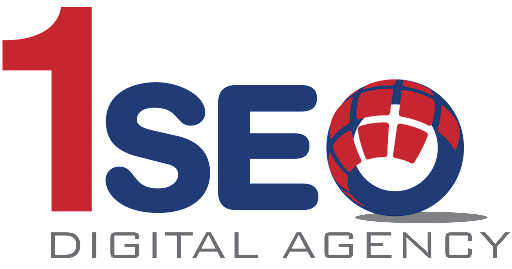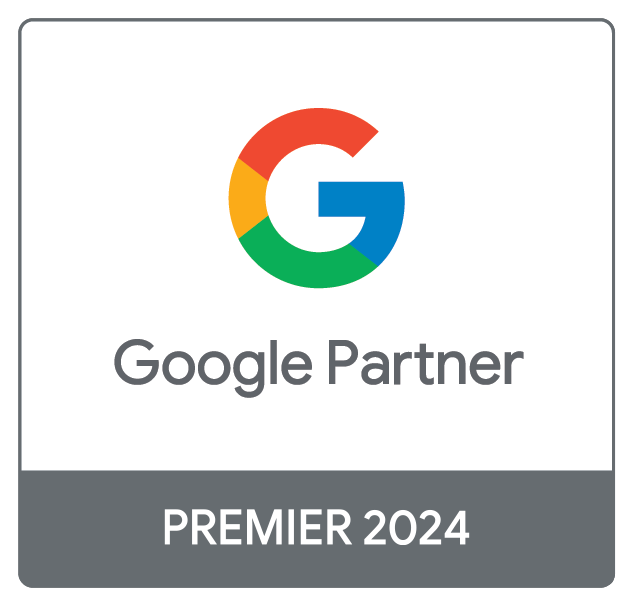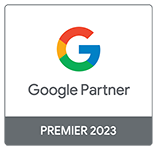We’ve all been there: standing in the checkout line, a candy bar or a magazine catches your eye, and before you know it, it’s in your cart. Welcome to the world of impulse buying, a phenomenon that has a significant impact on consumer buying behavior. This article will delve into the three game-changing phases of the impulse purchase cycle that every retailer, marketer, and consumer should be aware of.
Phase 1: The Emotional Trigger
The Role of Emotions in Impulse Purchases
The first phase of the impulse purchase cycle is often an emotional trigger. Whether it’s boredom, stress, or the thrill of finding a sale item, our emotional state plays a crucial role in impulsive buying. The need for instant gratification can overpower rational thought, leading to unplanned purchases.
Psychological Factors and Personality Traits
Certain psychological factors and personality traits, such as low self-esteem or a tendency towards compulsive buying behavior, can make individuals more susceptible to impulse buying. Understanding these triggers can help both consumers and retailers navigate the complex landscape of impulse purchases.
Phase 2: The Store Environment and Product Placement
How Store Environment Influences Shopping Behavior
The store environment is a critical factor in encouraging impulse buying behavior. From the lighting to the layout, every element is designed to influence consumer behavior. Retailers often place low-cost products near the checkout line to capitalize on this.
The Art of Product Placement
Product placement is another tactic used to encourage impulsive purchases. Ever wondered why essentials are placed at the back of the store? It’s to make you walk past a variety of tempting items, increasing the likelihood of an unplanned purchase.
Phase 3: The Checkout Line – A Hotspot for Impulse Buys
The Last-Minute Additions
The checkout line is often referred to as the “impulse buy zone.” This is where impulse buying reaches its peak, thanks to strategically placed items like gum, magazines, and school supplies.
The Role of Sales and Discounts
Sale items and discounts can act as an external trigger, pushing the consumer to make impulsive purchases. The thought of saving money can sometimes lead to spending more money than initially planned.
The Online Shopping Revolution
Ecommerce and Impulse Buying
The rise of online shopping and ecommerce stores has added a new dimension to impulse purchases. The convenience of one-click buying and personalized recommendations has made impulsive spending even more prevalent.
The Importance of Brand Loyalty in Online Shopping
Brand loyalty can also influence impulse buying. Repeat customers are more likely to make impulsive buys from a brand they trust, leading to more money spent and a stronger customer-retailer relationship.
The Impact on Personal Finances
While impulse buying can be thrilling, it’s essential to consider its negative consequences, especially on personal finances. Financial experts often advise having a shopping list and a meal plan to limit impulse buying.
Strategies to Stop Impulse Buying
Stop impulse buying by being aware of your emotional side and spending habits. Use a debit card instead of credit to keep track of your spending, and wait before making purchases that you haven’t planned.
Consumer Research and Future Trends
Studies in consumer research have shown an increase in compulsive shopping and impulsive buying, especially among younger consumers. Retailers are continually adapting to these trends, making it more crucial than ever to understand the impulse purchase cycle.
The Psychology Behind Impulse Buying: A Deeper Dive
The Mindset of Impulse Buyers
Understanding the psychology of impulse buyers can offer valuable insights into why some people are more prone to impulse buying than others. These individuals often seek the thrill and satisfaction that comes with making a spontaneous purchase. The act itself becomes a form of retail therapy, providing temporary relief from stress or boredom.
The Neurological Aspects of Impulse Purchasing
Recent studies have shown that impulse purchasing activates the pleasure centers in the brain, releasing dopamine, the “feel-good” neurotransmitter. This biochemical reaction can make impulse buying addictive, reinforcing the behavior and making it more likely to recur.
The Role of Technology in Impulse Shopping
The Rise of Social Media and Impulse Shopping
Social media platforms have become a breeding ground for impulse shopping. Influencers showcasing the latest products, flash sales, and targeted ads all contribute to the urge to make impulse purchases. The ‘Swipe Up to Buy’ feature on platforms like Instagram has made it easier than ever to indulge in impulse buying with just a tap on your screen.
Mobile Apps and One-Click Buying
The convenience of mobile shopping apps with one-click buying options has further fueled impulse spending. With saved payment information, making an impulse buy is just a thumbprint or face scan away, eliminating the time you might otherwise have to reconsider the purchase.
The Economic Impact of Impulse Buying
How Impulse Buying Drives the Retail Industry
It’s no secret that impulse buying is a significant revenue generator for the retail industry. From supermarkets to fashion outlets, retailers strategically design their spaces and online platforms to capitalize on the consumer’s propensity for impulse purchases.
Seasonal Trends and Impulse Spending
Holidays and seasonal changes also influence impulse spending. Whether it’s buying a pumpkin spice latte in the fall or splurging on holiday decorations, these purchases, often unplanned, add up and contribute to a substantial portion of annual retail sales.
Practical Tips to Manage Impulse Spending Habits
The 24-Hour Rule
One effective strategy to control impulse spending is the 24-hour rule. If you find yourself tempted to make an impulse buy, wait 24 hours. Often, the urge to purchase will pass, and you’ll make a more rational decision.
Budgeting for the Unexpected
Another approach is to allocate a small portion of your budget for impulse purchases. This way, you can indulge occasionally without wreaking havoc on your finances. Being mindful of your spending habits can help you strike a balance between satisfying the occasional impulse and maintaining financial stability.
By incorporating these additional insights and tips, you’ll not only enrich your understanding of the impulse purchase cycle but also equip yourself with practical tools to manage impulse buying effectively. Whether you’re a retailer looking to boost sales or a consumer aiming to make smarter choices, knowledge is power.
Mastering the Impulse Purchase Cycle
Understanding the three game-changing phases of the impulse purchase cycle can be a game-changer for both consumers and retailers. From emotional triggers to the store environment and the checkout line, each phase offers unique opportunities and challenges.
By being aware of these phases, retailers can better strategize to encourage impulse buys, while consumers can make more informed buying decisions. So the next time you find yourself reaching for that candy bar or clicking “Add to Cart” on a whim, remember the complex cycle that led you there.
Why 1SEO Digital Agency is Your Ultimate Marketing Partner for Ecommerce Success
Staying updated with the latest trends and algorithm changes is crucial. 1SEO Digital Agency offers an in-depth understanding of these shifts, as evidenced by their comprehensive guide on Understanding Google’s Algorithm Updates: July 2023 Edition. This resource ensures you’re always ahead of the curve, making it easier to adapt your strategies for maximum impact.
Comprehensive Ecommerce Digital Marketing Services
When it comes to ecommerce digital marketing, 1SEO Digital Agency provides a holistic approach that covers all bases. From SEO to PPC and everything in between, their services are designed to drive traffic, increase conversions, and boost your bottom line.
Specialized Ecommerce SEO Services
SEO is a critical component of any successful ecommerce strategy. 1SEO’s specialized ecommerce SEO services ensure that your products are easily discoverable by potential customers. Their tailored strategies aim to improve your search engine rankings, thereby increasing visibility and driving more organic traffic to your site.
Targeted Ecommerce PPC Campaigns
Pay-per-click (PPC) advertising can offer immediate results, but it needs to be managed effectively for optimal ROI. 1SEO’s ecommerce PPC services are designed to target your audience precisely, ensuring that your ad spend translates into tangible sales.
Exceptional Ecommerce Website Design
The design and functionality of your ecommerce website can make or break the user experience. 1SEO offers top-notch ecommerce website design services that not only look great but are also optimized for conversions. Their designs are intuitive, user-friendly, and aligned with the latest industry standards.
Leverage the Power of Social Media
Social media platforms are a goldmine for ecommerce businesses, offering direct access to potential customers. 1SEO’s ecommerce social media services help you build a strong online presence, engage with your audience, and ultimately drive more sales.
Your One-Stop Solution for Ecommerce Success
In a world where the impulse purchase cycle is increasingly complex and consumer behavior is ever-evolving, having a reliable and knowledgeable marketing partner is invaluable. 1SEO Digital Agency offers a comprehensive suite of services tailored to the unique needs of ecommerce businesses. From staying updated with the latest algorithm changes to crafting targeted PPC campaigns and designing user-friendly websites, 1SEO is the ultimate partner for achieving ecommerce success. Make the smart choice today and elevate your ecommerce business to new heights.









